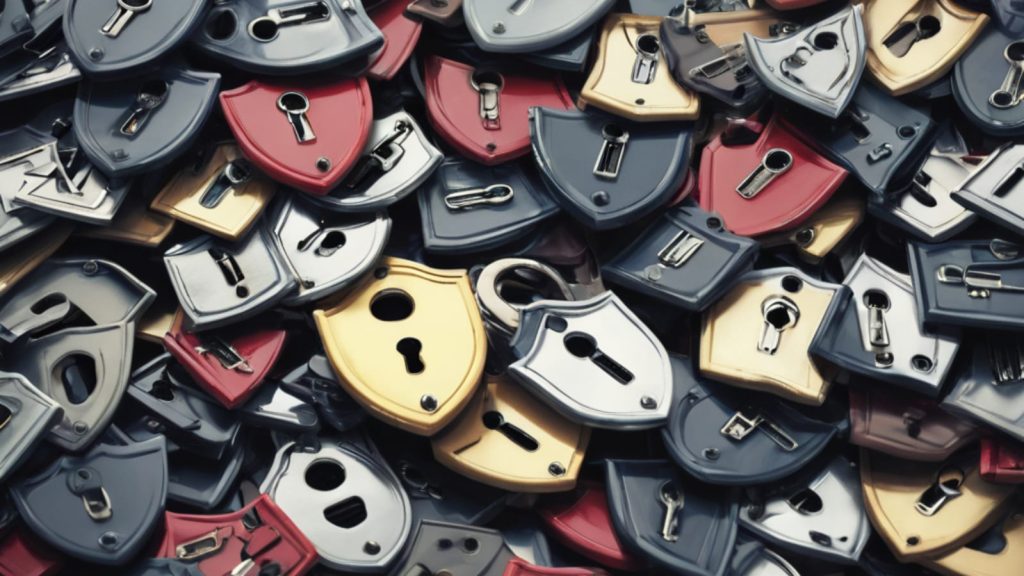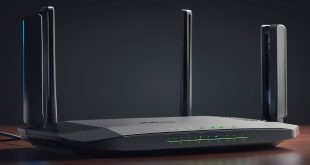Using Personal Identification Numbers (PINs) is one of the easiest ways to safeguard your data in the digital age. Data security has become critical. Even though PINs are important a lot of people choose PINs that are simple to figure out which puts their accounts at risk. This post explores the most and least popular 4-digit PINs to assist you in determining if the combination you’ve selected is safe or overly predictable.
A comparison of different 4-digit PINs shows startling trends in user behaviour. With 1234 accounting for almost 11% of all combinations the most frequently used PIN is used alarmingly frequently. 1111 and 0000 which are likewise very predictable and thus open to breaches come next. It makes sense that people would gravitate toward short easy-to-remember sequences but doing so seriously undermines security. 1212, 7777 and 1004 are some other frequently used PINs.
The need for ease of recall frequently drives the preference for such combinations. Nevertheless, since cybercriminals are well aware of these patterns they frequently start by attempting these numbers in their attempts to access accounts without authorization. It’s interesting to note that dates like 1984 and 2000 are also commonly used they reflect personal significance but follow predictable patterns once again.

Conversely, the least used PINs are those that seem arbitrary and defy clear trends. Because they are less frequently used combinations like 7063, 6093 and 6827 are much more secure. There is less chance that potential hackers will guess these numbers because they don’t appear to follow any patterns or sequences. Avoiding repetitions obvious patterns and common sequences is essential to creating a secure PIN. Choosing a combination that has personal meaning but is difficult for others to figure out is a good idea. For example, a less conspicuous date or a combination of numbers that are both personally memorable and obscure could be used in place of the birth year.
It is impossible to overestimate the significance of a secure PIN, particularly in a world where cyberattacks are becoming more frequent. One serious risk that can result in unwanted access and possible financial loss is weak PINs. As a result, it is imperative that you take your time while creating a strong unique PIN. Additionally it is best to periodically change your PIN and refrain from using the same number on several different accounts. To ensure that a breach in one account does not affect others using distinct PINs for different services adds an extra degree of security.
In conclusion, the security risks associated with easy-to-remember PINs far outweigh any convenience they may provide. You greatly improve your defenses against unwanted access by selecting a less common more complicated combination. As cyber threats persist our approaches to protecting personal data also need to adapt. Check your current PIN if its one of the most popular ones you should change it. Your digital life can be significantly more secure with just a little effort put into choosing a secure PIN.



